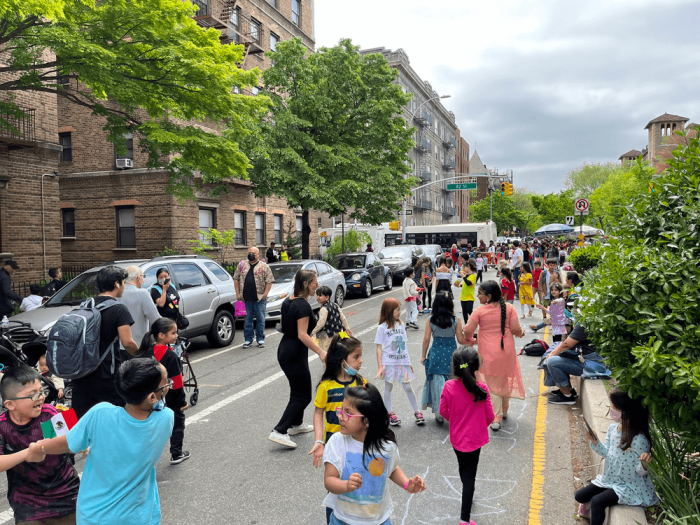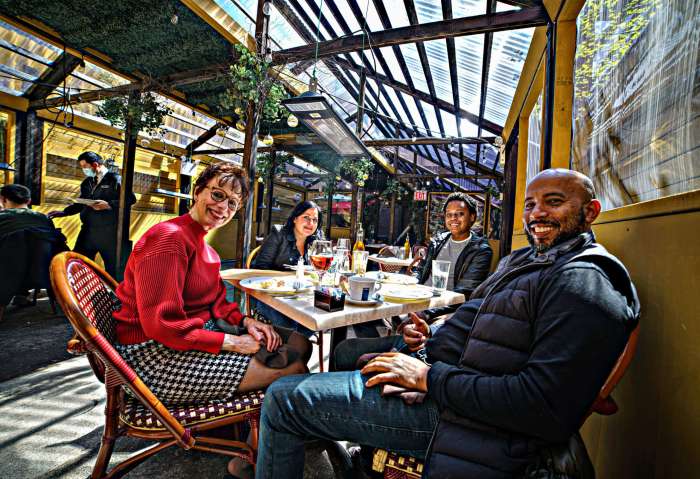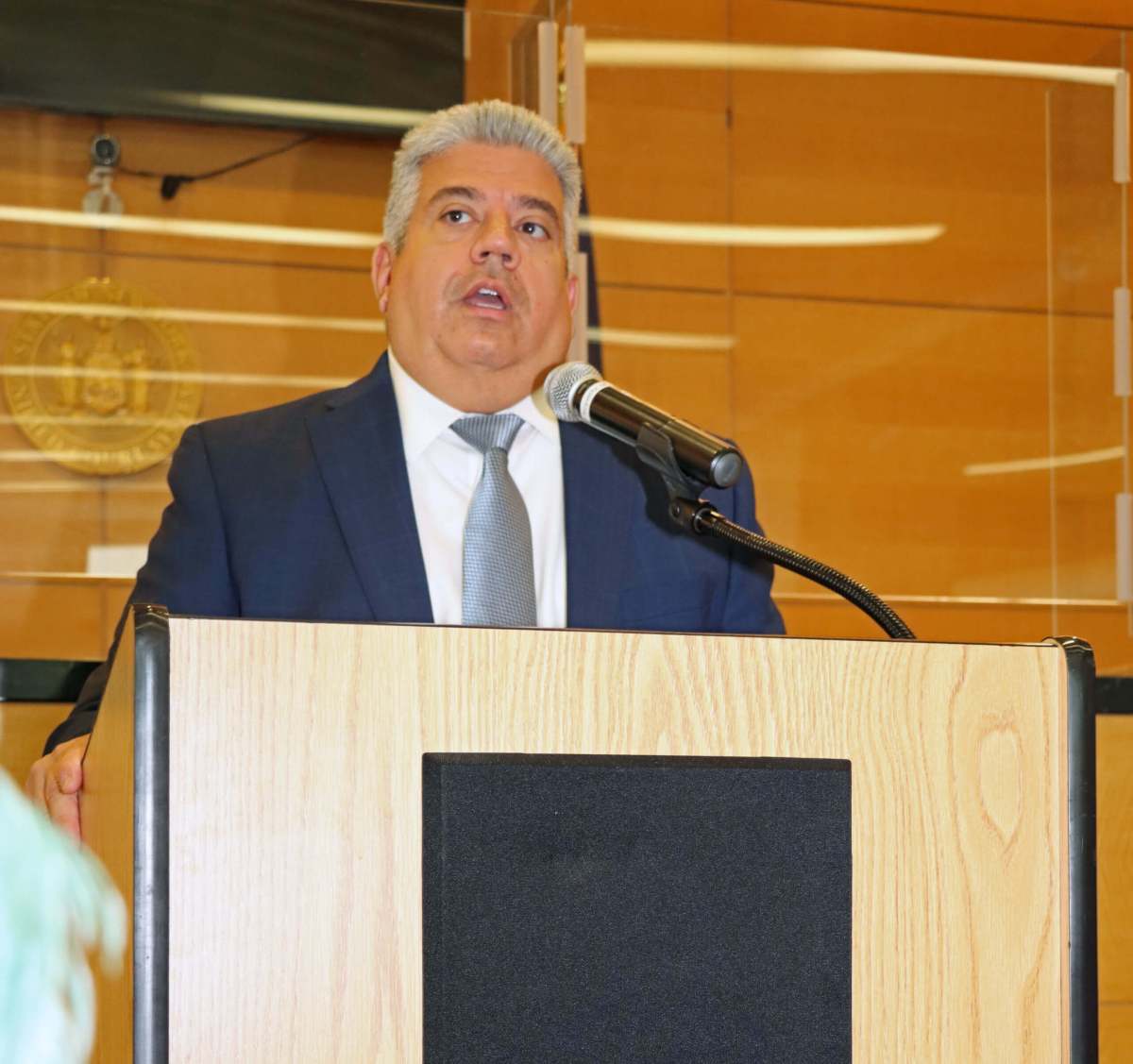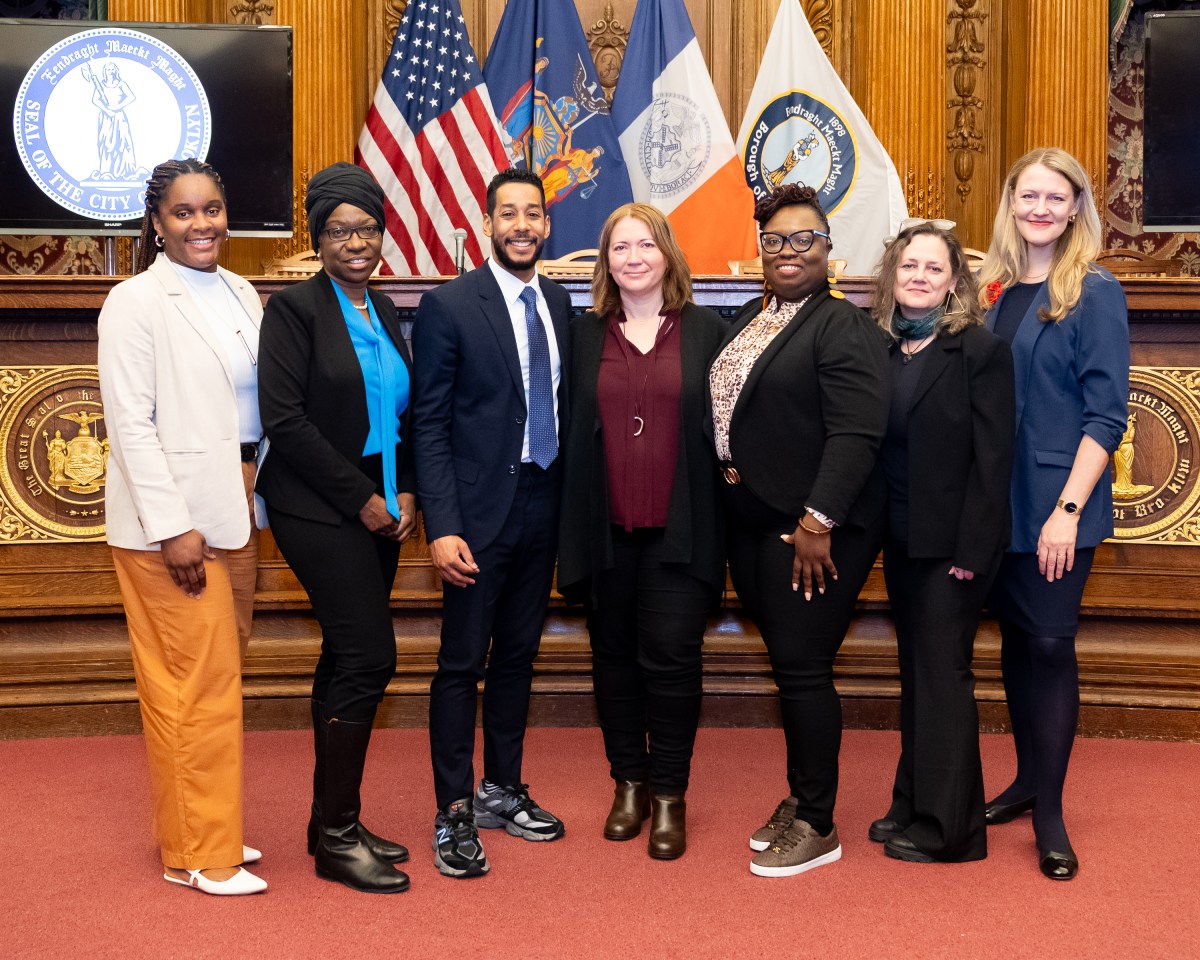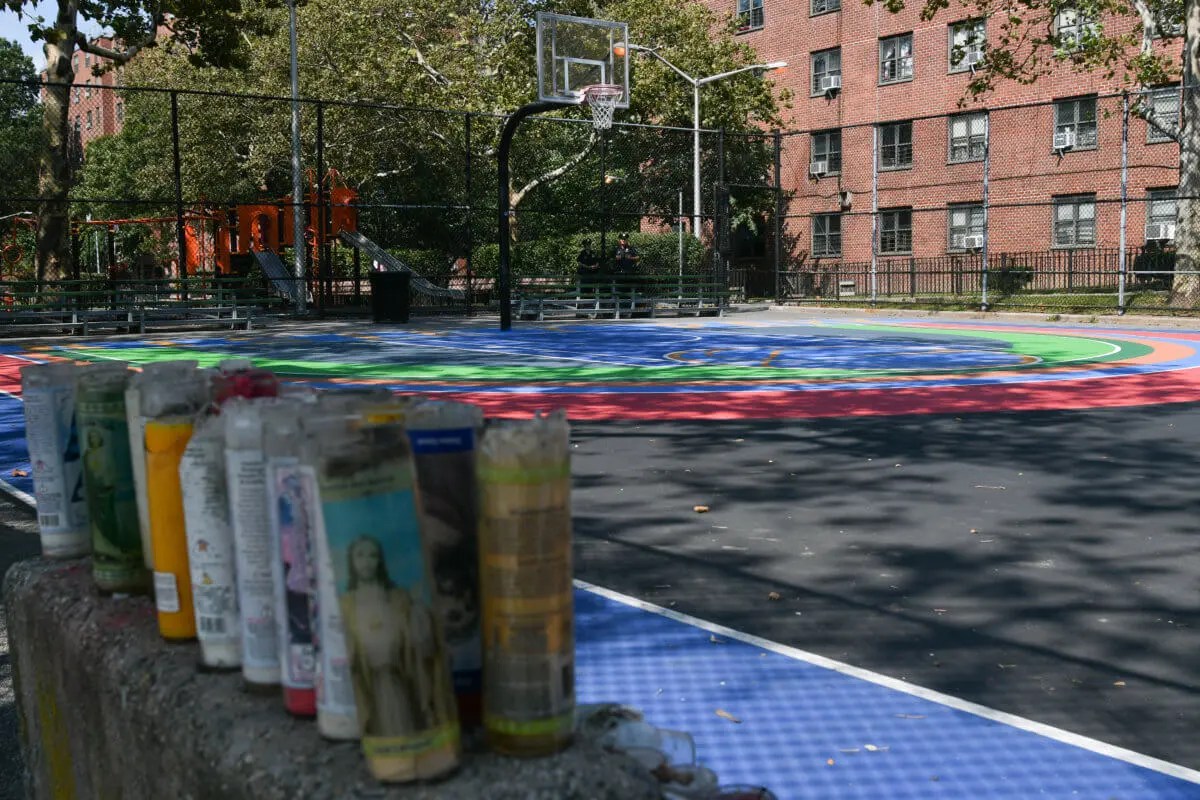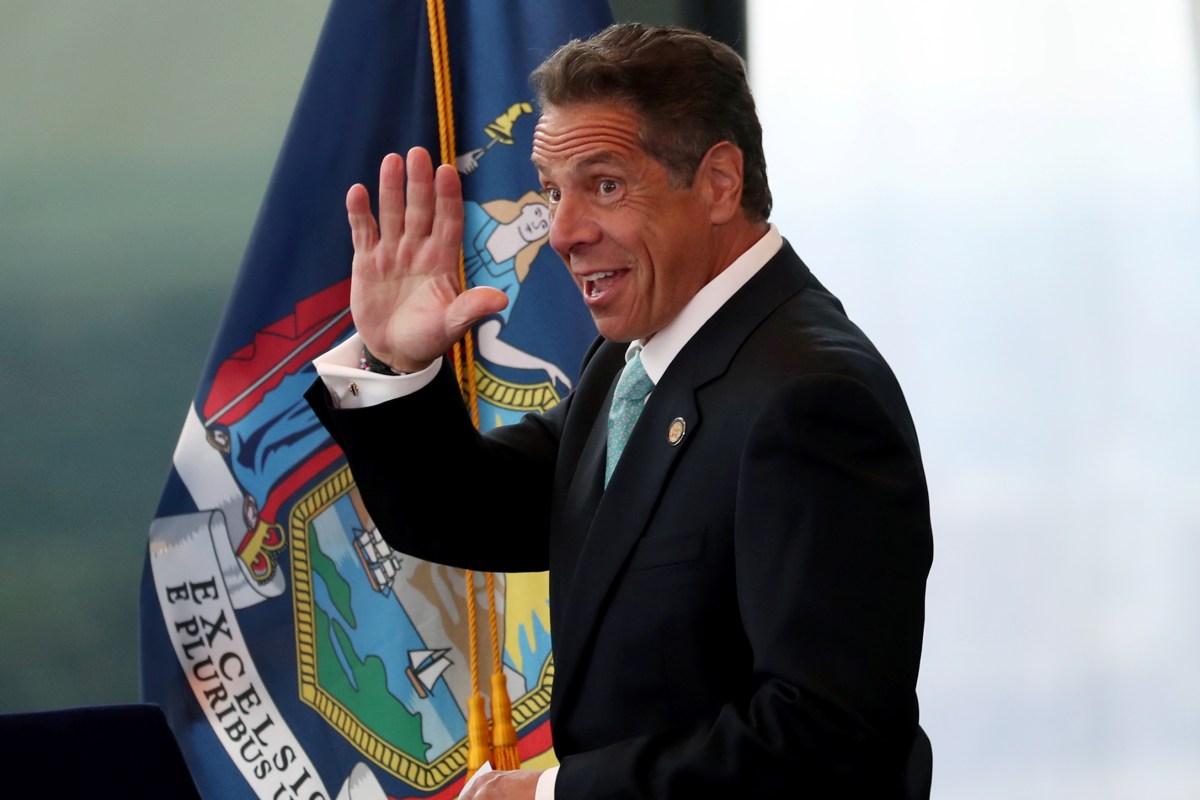
Cyclists and pedestrians will soon be afforded a spacious 20-foot pathway on the new Kosciuszko Bridge — if only they can get there.
The second span of the Kosciuszko officially opens Thursday, along with the pathway, but bikers in the area say not enough accommodations have been made to provide safe access to the span, which connects to roads well-traveled by trucks in industrial sections of Brooklyn and Queens. Better access would include provisions like improved sidewalks and new protected bike lanes, advocates say.
“You’re coming through a very truck-heavy neighborhood, an industrial neighborhood. It’s the kind of trucks that put pedestrians and cyclists at risk,” said Philip Leff, the chair of Transportation Alternatives’ North Brooklyn Committee.
While the state oversaw the construction of the highway bridge, the city controls the local roads around it — and Leff felt there wasn’t enough coordination or planning between the city and the state on providing ample space for bicyclists and pedestrians heading to the span.

“Pretty clearly, there hasn’t been nearly enough done — for a decade of planning you would think there would be some consideration about how a path like this would fit into a bike network but clearly that work hasn’t been done,” Leff added.
The city’s Department of Transportation and Parks Department were both members of the Kosciuszko Bridge advisory committee, which met 50 times during the course of the project, according to Patrick Muncie, a spokesman for the governor.
While not in place for the opening of the bridge pathway, the DOT plans to "soon" add a few, mostly-traditional bike lanes and shared lanes on both sides of the bridge after the state wraps up its work, according to a city DOT spokesman. Those lanes will help guide bikers to the two access points for the Kosciuszko pathway: a new ramp near Laurel Hill Boulevard and 54th Road in Queens, and a ramp at Meeker Avenue and Van Dam Street in Brooklyn.
Though most of the new bike infrastructure won’t be physically separated from traffic, the city has proposed using jersey barriers to protect small sections of new bike lanes coming to 43rd and 47th streets in Queens.
Walkers and bikers can get their first glimpses of the new bridge path Wednesday, during a sneak preview between noon and 6 p.m.
Gov. Andrew Cuomo believes the $873 million cable-stayed bridge will be a gem of the Brooklyn skyline and touted the project as a way to eliminate a “legendary bottleneck” on the bridge while also offering pedestrians and cyclists choice views of Manhattan.
The state has organized a light show on the bridge for 8 p.m. Wednesday to commemorate the project’s completion. The lights of the bridge will cycle through various colors while synced to a “soundtrack of songs about New York by top New York artists” according to Cuomo’s office.
“If you’re in this community, if you’re in Manhattan looking at Brooklyn, this is going to be a magnificent addition to the skyline,” Cuomo said during a restricted media tour of the new span Tuesday afternoon.
With the completion of the second Brooklyn-bound span, the Kosciuszko will expand from six to nine lanes. And the state will begin to transform a seven-acre section of the construction site underneath the Brooklyn-side of the bridge into a public park, though details on when the development would begin are not yet clear.
Cuomo said it was necessary to replace the 78-year-old Kosciuszko because of a surge in traffic volume; the bridge now serves almost 200,000 vehicles a day. The governor estimated that the added lanes, a reduced incline and new, wide shoulders will together reduce congestion on that portion of the Brooklyn-Queens Expressway by 65%.
But transit advocates had their doubts, citing the concept of induced demand: that more vehicle lanes would just inspire more driving.
“There might be some localized effects but ultimately this is a traffic generator. It makes more room for cars so it will generate more traffic,” said Ben Fried, spokesman for TransitCenter.
Cuomo rejected that concept, arguing that the state was merely fixing a bottleneck.
“We’re not creating more lanes on the entire roadway. The BQE, the [Long Island Expressway], the adjoining roads stay the exactly the same,” Cuomo said. “The old bridge was an artificial congestion point because it couldn’t handle the volume on both sides of the bridge. So it was a choke point. What you’re doing is removing the choke point.”




